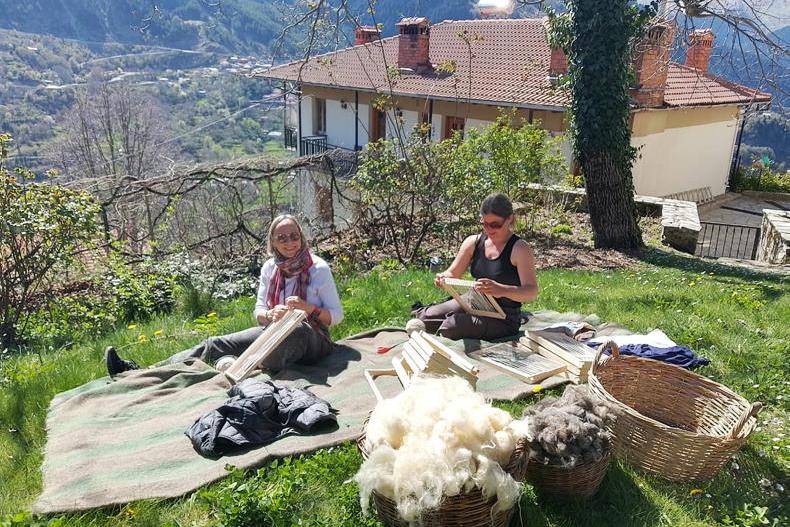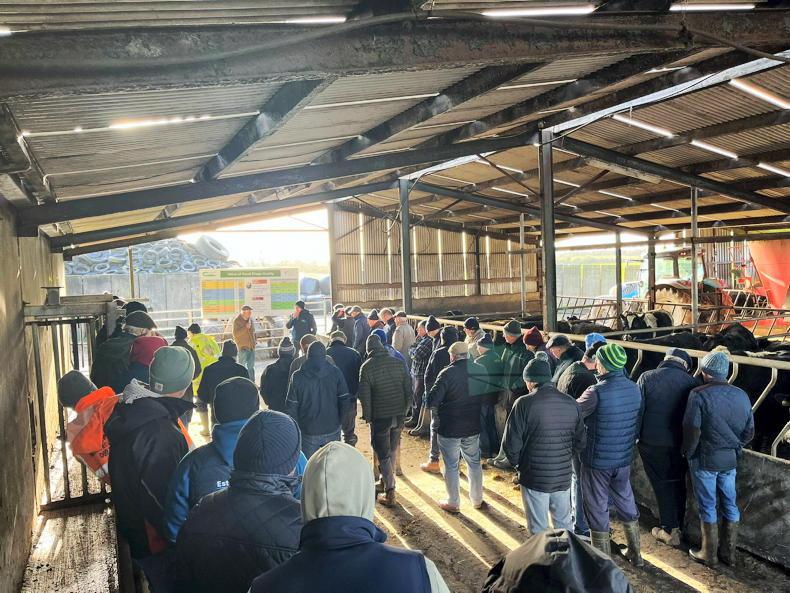Organics is a popular topic lately and the Government is pushing for an increase in area, but what do markets look like?
Séamus McMenamin of Bord Bia gave an overview of the organic market on a webinar held by the Agricultural Science Association (ASA) in which he outlined potential growth in that market from an estimated €260m in 2021 to €367m in 2025. That’s an annual growth rate of approximately 9%.
Commenting on this, Séamus stated that food service is expected to outpace retail growth as recovery continues after the pandemic.
In 2020, the Irish market for organic produce was valued at approximately €235m. This was up 17.7% on 2019 when the market was valued at approximately €200m, largely driven by changes in consumer choices during the pandemic.
Market share
In 2020, fruit and vegetables took up the majority of the market share in Ireland at 41%. This was followed by dairy at 23%, seafood at 17%, beef and eggs at 6% each, lamb at 4% and cereals or grains at 4%.
The majority of produce in the largest market share of fruit and vegetables is imported. Seventy percent of organic fruit and vegetables are imported into this country.
Sixty-five percent of cereals or grains are estimated to be imported, while only small percentages of seafood, dairy, beef, lamb and eggs are imported.
It is important to note that the value of the market grew largely due to the increase in purchases, rather than any increase in price.
Are consumers willing to pay more for organic produce?
A survey by Bord Bia showed that 50% of consumers are very or fairly likely to spend 10% more on organic food.
Sixty-three percent of consumers surveyed were not likely to pay 15% more for organic produce, while 70% of consumers were likely to spend 5% more on organic produce.
When broken down into different categories and age groups, this becomes more interesting. Of those willing to pay 5% more for organic food, 78% were between the ages of 25 and 34.
Sixty percent of those who said they were likely to pay 10% more for organic produce were between 25 and 34 and 46% of those who said they were willing to pay 15% more for organic food were between 25 and 34.
Irish target of 7.5% of farmed area under organics
Minister McConologue said that he aims to see the organic farming area in Ireland move from less than 2% currently to 7.5%, which is the current EU average area under organic farming. The EU’s aim is to have 25% of farmed area under organics by 2030.
In 2021, the Organic Farming Scheme was under-subscribed, with only about 60% of the places applied for. However, it is worth noting that the average farm size applying was greater than expected.
While moving to organics would help us meet the goals on fertiliser and pesticide reduction set out in the EU’s Farm to Fork Strategy, there does not appear to be a large appetite to move among farmers.
Until there is willingness for consumers to pay a higher price for this food, farmers will be slow to make the switch.









SHARING OPTIONS